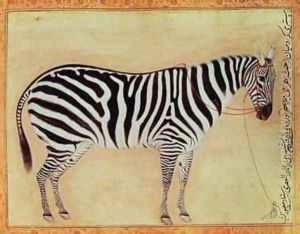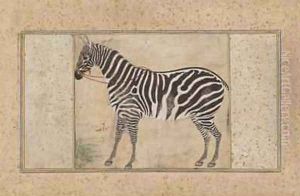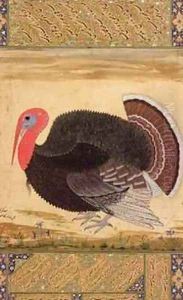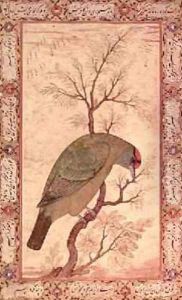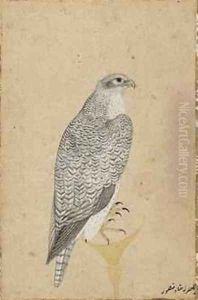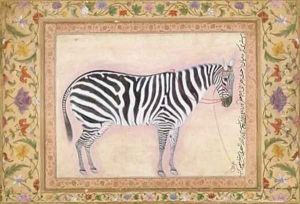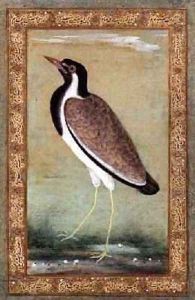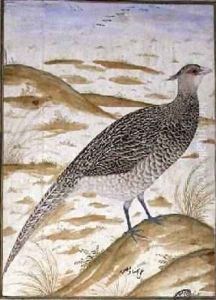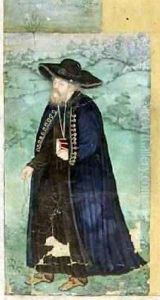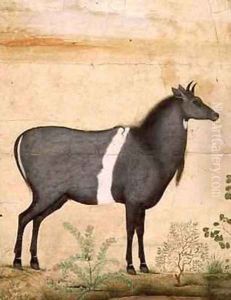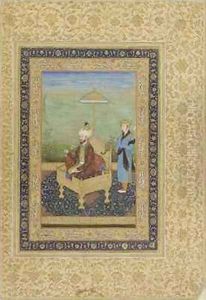(Ustad Mansur) Mansur Paintings
Ustad Mansur was a prominent Mughal painter, active during the reign of Emperor Jahangir (r. 1605–1627) in what is today India. Mansur is celebrated for his mastery in depicting plants and animals, making him one of the most notable natural history artists of the Mughal Empire. His works are a testament to the Mughal's interest in cataloguing and understanding the natural world, a pursuit that was heavily supported by Jahangir, who had an avid interest in the flora and fauna of his empire. Mansur's career reached its zenith in the early 17th century when he was titled 'Nadir al-Asr' (Wonder of the Age) by Emperor Jahangir, an accolade that attests to his exceptional skills and the high regard in which he was held at the court. Among his most famous works is the depiction of the Siberian Crane, a painting that is often hailed as a masterpiece of Mughal art. This painting is particularly significant as it documents a species that was then unknown in India, highlighting the Mughal Empire's connections with distant lands and their curiosity about the wider world. Besides his contributions to natural history illustration, Ustad Mansur also excelled in portraiture, capturing the likenesses of courtiers, nobles, and even Emperor Jahangir himself with remarkable accuracy and detail. However, it is his detailed studies of flowers, birds, and animals that have cemented his legacy, influencing not only his contemporaries but also future generations of artists in India and beyond. Unfortunately, despite his considerable contributions to the arts, much about Mansur's life remains a mystery. The exact dates of his birth and death are not known, but historical records suggest he was active between the late 16th and early 17th centuries. His works, preserved in various collections around the world, continue to be studied and admired for their beauty and scientific accuracy, offering a unique window into the natural world as seen through the eyes of a master Mughal artist.
